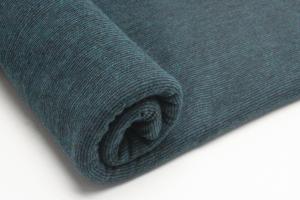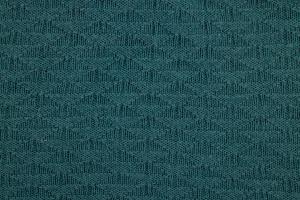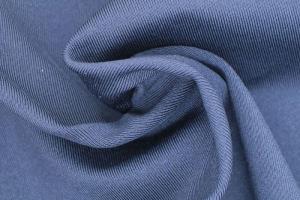Cotton carded and cotton combed are two different processes used in the preparation of cotton fibers before they are spun into yarn. These processes significantly impact the characteristics of the resulting fabric. Here's a comparison between cotton carded and cotton combed:
Carded Cotton
Process
Carding is the initial step in preparing cotton fibers for spinning. In this process, the cotton fibers are passed through carding machines that disentangle and clean them. Carding helps remove impurities, short fibers, and any remaining seeds, creating a web of fibers.
Fiber Alignment
The fibers in carded cotton are more randomized and not as precisely aligned as in combed cotton. This can result in a slightly rougher texture and a less uniform appearance.
Texture
Carded cotton fabrics tend to have a slightly nubby or textured feel. While this texture can provide a casual and natural look, it may also be less smooth than combed cotton.
Cost
Carding is a less intensive process compared to combing, making carded cotton generally more cost-effective.
Common Use
Carded cotton is commonly used in T-shirts, casual wear, and other applications where a textured or more rustic appearance is acceptable.
Combed Cotton
Process
Combing is an additional step beyond carding. In this process, the carded fibers go through combs that remove the short fibers and impurities even further. Combing results in a more refined and uniform bundle of fibers.
Fiber Alignment
Combed cotton fibers are more parallel and uniformly aligned, which contributes to a smoother and more consistent appearance in the final fabric.
Texture
Combed cotton fabrics have a smoother, softer, and more luxurious feel compared to carded cotton. The elimination of short fibers reduces the likelihood of pilling and increases the fabric's overall durability.
Cost
Combing is a more intricate process, and therefore, combed cotton fabrics are often slightly more expensive than their carded counterparts.
Common Use
Combed cotton is favored in premium and high-end garments, including dress shirts, fine knitwear, and other applications where a softer, more refined fabric is desired.
In summary, the main difference lies in the preparation process. Carded cotton is a more straightforward and cost-effective method, producing fabrics with a textured feel, while combed cotton involves an additional step for a smoother, softer fabric that is often used in higher-end apparel. The choice between the two depends on the desired characteristics of the final fabric and the intended use of the garment.





